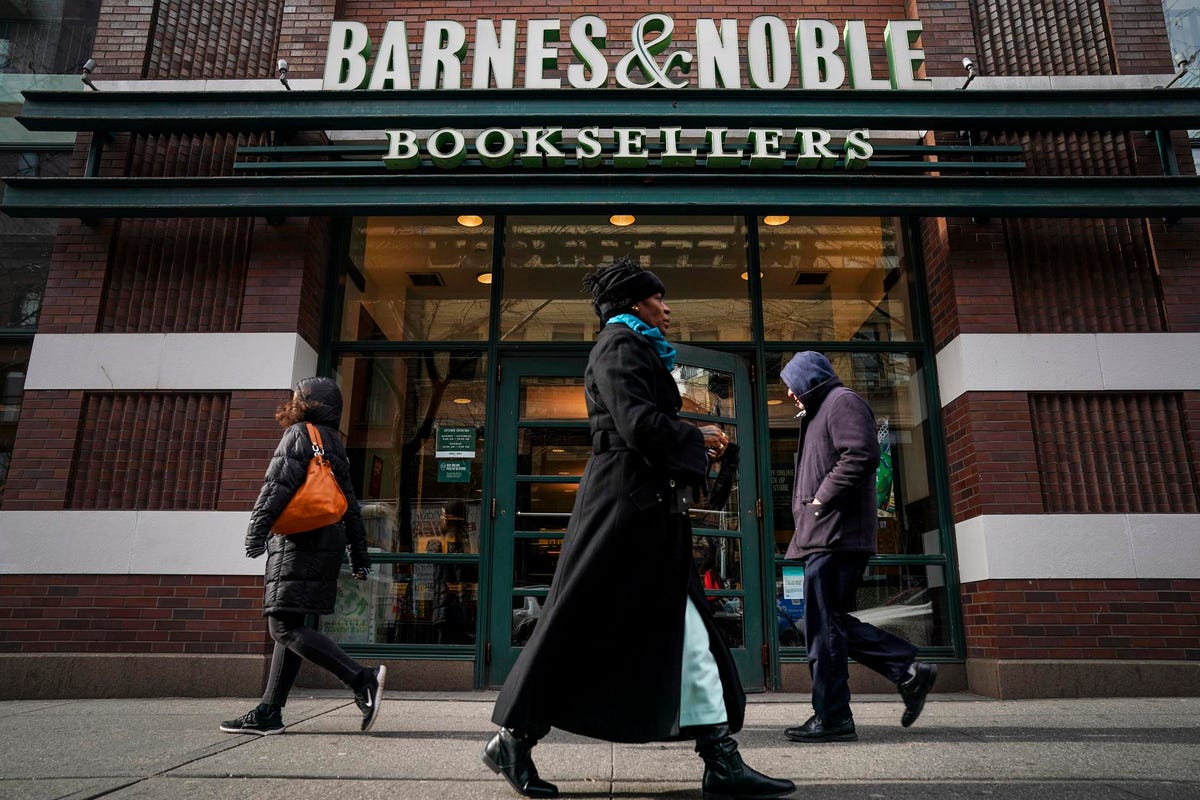
Back when Barnes and Noble was a retail force.
Back in the day when Barnes and Noble was the ubiquitous bookseller on Main Street USA and Amazon was a blip on the horizon, I was interviewed by the B&N CEO to be the new head of digital services.
During the interview, I asked him: “Why aren’t you putting bn.com on all your shopping bags?”
The shocked look on his face said it all, but just to be sure I understood, he informed me that retail stores and online shopping were two completely different businesses, always would be, and boom! I beat him to the door.
Fast forward to today. Omnichannel marketing — the use of physical and digital storefronts to reach consumers with a unified experience — is a fundamental strategy of modern retailing. Brands that aspire to this approach seek customers via multiple channels: direct mail, TV ads, YouTube channel, website, telemarketing, social media, mobile site, and storefronts. Instead of the brick-and-mortar approach to which Barnes and Noble was clinging — where cannibalization of store sales was the bogeyman — omnichannel strategies assume that consumers will move from one channel to another.
Covid accelerated this trend of meeting consumers wherever they chose to be. Features like buy-online-pickup/return-curbside became commonplace. Walmart made its physical stores into a network for same day “click and collect” service. Amazon did the same with Whole Foods and now the king of e-commerce is planning to open its own string of department stores.
In the aftermath of the pandemic that ate the classroom, the omnichannel strategy of building a coherent and flexible consumer experience across devices, platforms, and channels has something to teach higher education.
MORE FOR YOU
Omnichannel implementation in higher education is more about what we offer than about how we recruit students, i.e. more about product and less about selling. After all, education is an experience, not a physical product.
We need this shift in thinking because the magic has escaped the classroom. Even now, in what is undoubtedly only the crude first inning of online learning, great teachers have demonstrated that they can generate new ideas and transform lives, regardless of whether they are working in a physical or a virtual classroom. Learners will benefit from the flexibility to pick and choose their learning modality. Online courses and degrees, MOOCs, synchronous Zoom classes, certificates and other credentials, executive education, upskilling, continuing education: all are different but essential learning experiences.
An omnichannel university is one that brings together these multiple touch points and technologies and advances towards the goal of democratizing education and lowering its cost. A prospective student could be watching a free university lecture one minute on YouTube and signing up for a mostly online degree the next, and then electing to complete lab courses for a two-week in-person summer residency at a local college.
The choice to study online or in a classroom should be a tactical decision based on schedule and goals. Students should be able to move freely from one learning modality to another, stacking not only credentials but learning formats, depending on their changing needs.
Why then do we make it so difficult to move from one modality to another, even within the same institution? What would it look like if universities were platform-agnostic?
This level of flexibility requires systemic change. It will be an impossible dream as long as our educational services are managed by different fiefdoms with competing agendas, and as long as we segment and elevate some students and formats (full-time and residential) against others (part-time and online).
I wish I could point to examples of universities that are well on their way to adjusting their policies and processes to serve students this way. If I’ve overlooked your favorite example, please let me know. They are the ones who know this change is coming.
Also, by the way, those Barnes and Noble stores? They are down about 100 locations. And they all have bn.com printed on their shopping bags.




